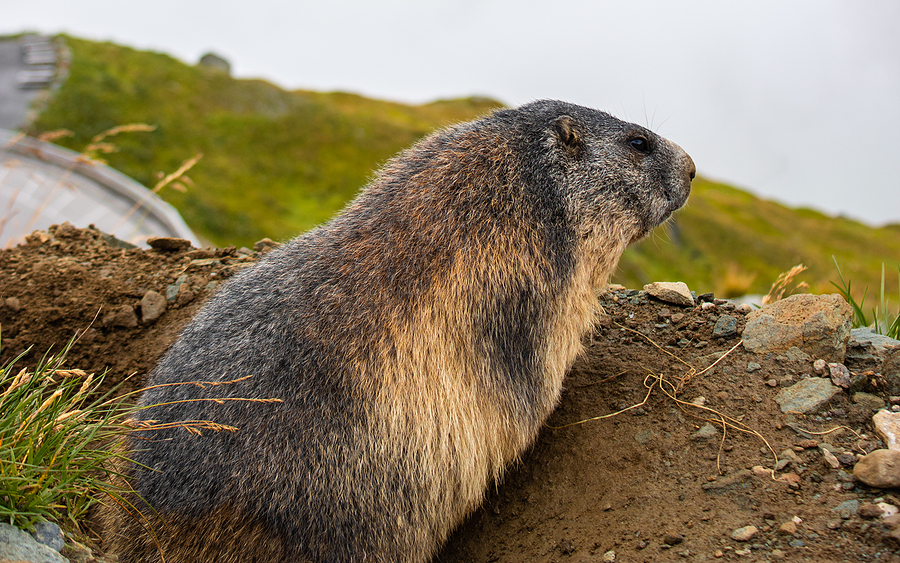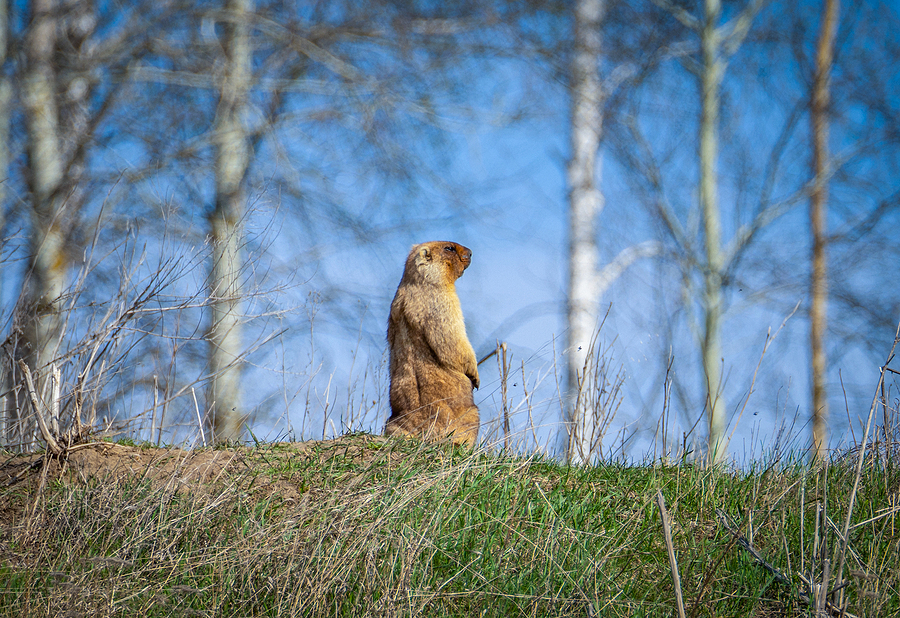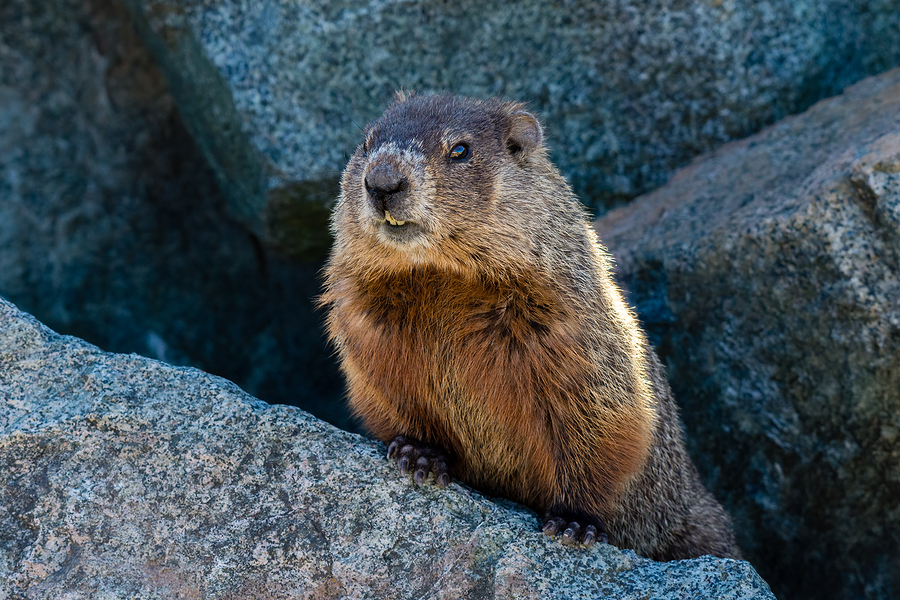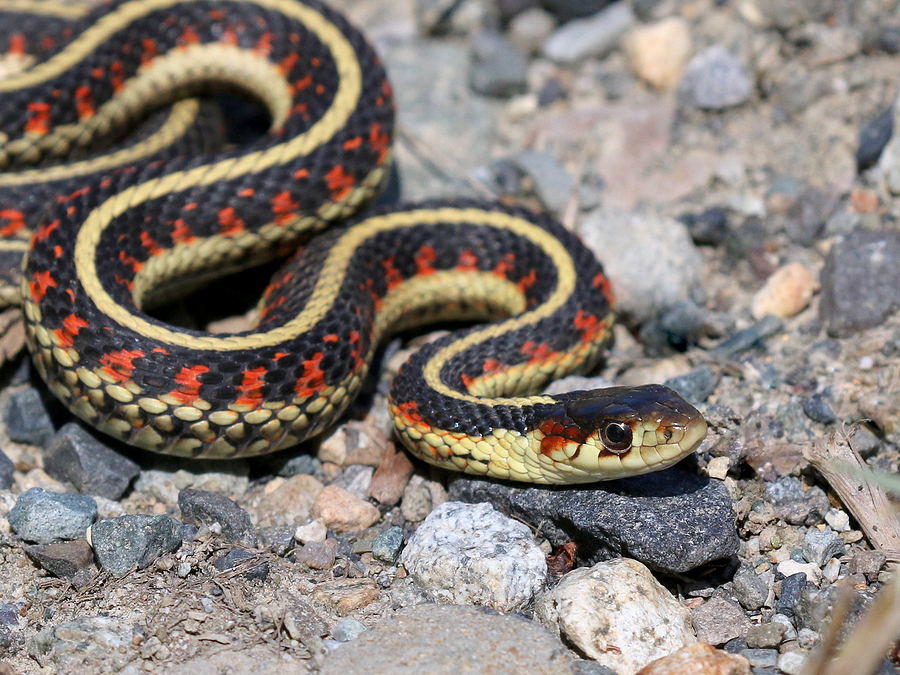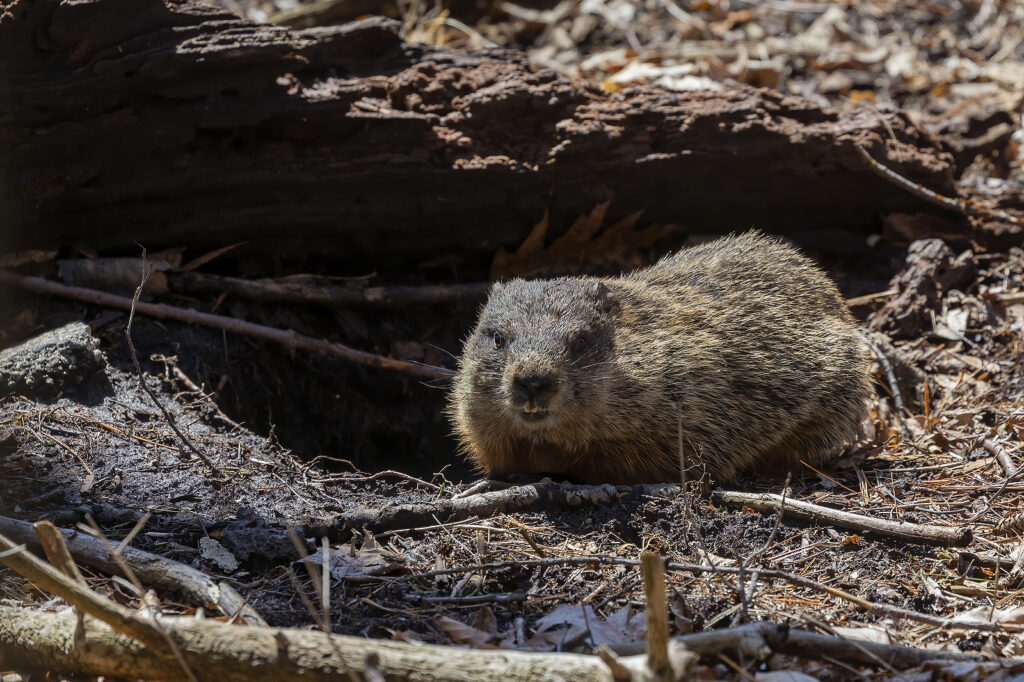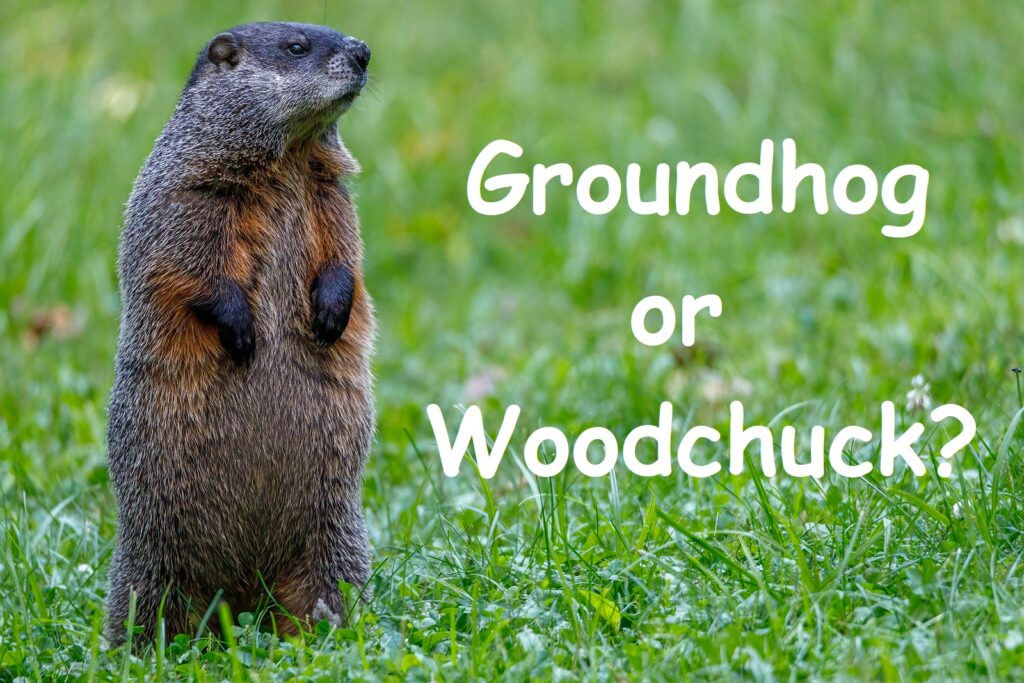Ah, Groundhog Day – a whimsical holiday that captures the essence of simplicity, tradition, and the unpredictable nature of weather. Every February 2nd, countless eyes turn to Punxsutawney, Pennsylvania, the home of Punxsutawney Phil, a celebrity groundhog whose yearly prediction is more than just folklore – it’s an event that captures the hearts of weather watchers and nature enthusiasts around the globe.
Here, we dive into the enchanting tale of Groundhog Day, to see, once and for all, what Phil’s shadow had to say about the arrival of spring in 2024 earlier this month. Let’s get started!
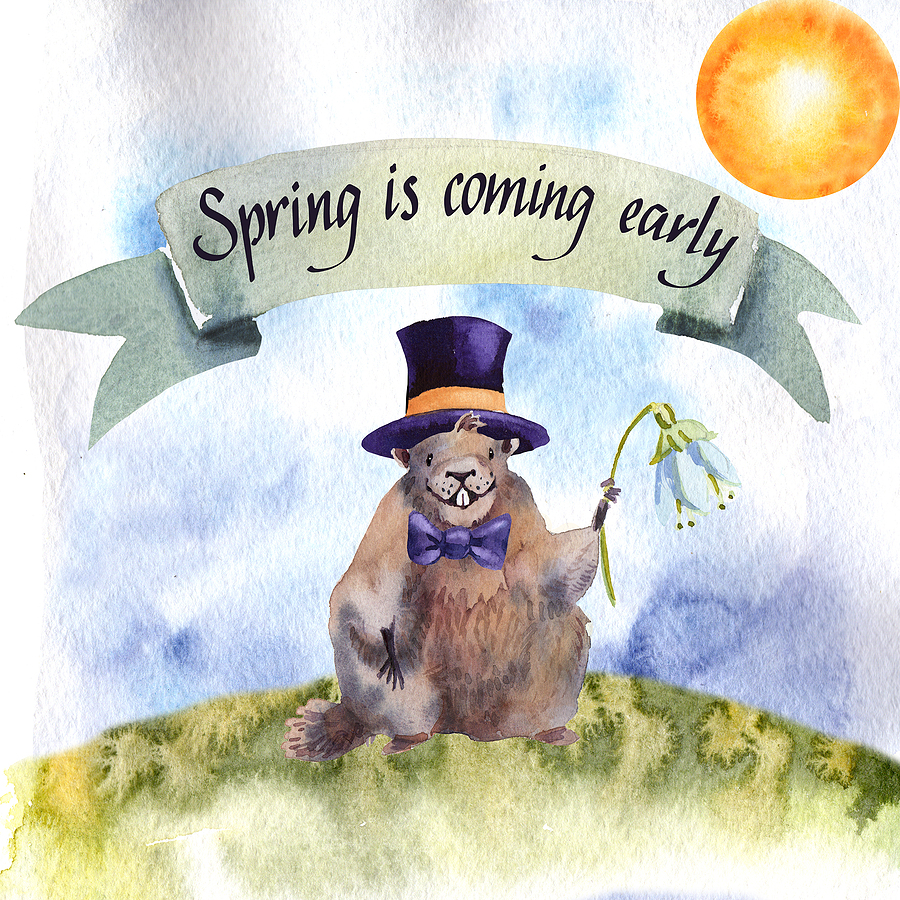
The Origin of Groundhog Day and the Legend of Phil
Groundhog Day has its roots in ancient European weather lore, where the behavior of animals, known as ‘hedgehogs’ back then, was considered a sign of the future climate. The tradition was brought to the United States by German settlers in the 18th century and adapted to feature the hearty groundhog. Fast forward to today, and Groundhog Day is a pop culture phenomenon and a celebration of the whimsical.
Central to the modern tale is Punxsutawney Phil, a marmot with meteorological prowess (or so the legend goes), who emerges annually from his burrow at Gobbler’s Knob. When Phil sees his shadow, we brace for six more weeks of winter. If not, an early spring is on the horizon. This tradition, although a fun spectacle, does have some basis in nature’s rhythms and the historical behavior of groundhogs in the wild.
Phil’s Prediction Unveiled
On the morning of February 2nd, thousands gathered virtually and in person to witness Phil’s emergence. The anticipation was palpable. As the first light of dawn broke over the knoll, Phil peered out from his burrow. Did he see his shadow? The answer, enthusiastically proclaimed by his inner circle, was, indeed, beaming silence to the crowd: Phil didn’t see his shadow! An early spring it is said to be!
🎉🌼 HE DIDN’T SEE HIS SHADOW! EARLY SPRING FOLKS! 🎉🌼
But what about the science behind Phil’s prediction? Some may scoff, but embedded within this tradition is an accidental layer of nature’s wisdom. Groundhogs are true hibernators, and their observed behavior on February 2nd aligns with the transition from one season to the next. Warm winters might awaken them earlier, indicating a late spring, whereas colder temperatures see them scuttle back to their burrows, implying a longer winter.
Unearthing the Factors at Play
There’s more to Phil’s forecast than mere superstition. The behavior of groundhogs and their uncanny ability to predict the seasons is a result of several intersecting influences – their circadian rhythms, environmental conditions, and even their biology. Scientists have found correlations between groundhog emergence patterns and subsequent weather trends, suggesting that there might be something to folklore after all.
But what are the conditions conducive to an early spring? Here in 2024, we can look at global weather patterns, including shifts in atmospheric pressure, ocean currents, and localized climatic events to help predict what Phil might foresee. Measurements of the North Atlantic Oscillation and the Arctic Oscillation can provide a glimpse into the temperature fluctuations that will dictate the retreat of winter.
The Enigmatic Groundhog: More Than Just a Weather Prognosticator
Groundhogs, or woodchucks as they’re sometimes known, are fascinating creatures in their own right. They are members of the squirrel family and are skilled climbers and swimmers. They play a significant role in their ecosystems by aerating soil, dispersing plant seeds, and even acting as a food source for predators. Mating for life, they are diligent herbivores, munching on grasses, clover, and wildflowers.
To live in harmony with these industrious beacons of spring, it’s essential to understand their behaviors. In the wild, groundhogs keep to themselves, rarely straying from their established territories. But sometimes, Phil’s lesser-known kin can cause headaches for gardeners and homeowners. Thankfully, a few simple strategies can promote coexistence, such as securing gardens, using repellents, or enlisting the help of a professional wildlife control service.
Final Thoughts
So, what’s the takeaway from Groundhog Day 2024? It’s the joy of traditions, nature’s wonder, and the mysteries of the changing seasons. While we gaze into the folklore of Phil’s shadow, we’re reminded not only of the arrival of spring but also of our own responsibilities toward the environment.
As homeowners and community members, we must respect and protect the local groundhog population. Humane control methods for those pesky burrowers, awareness of their habits, and appreciation for their role in our world are ways we can celebrate not just Groundhog Day, but nature itself. Whether or not the future aligns with Phil’s forecast, the spirit of this lighthearted holiday is a warm reminder that the best-laid plans can change, and in the face of nature, we remain at its whimsy.
Hopefully this blog post has helped provide useful information on Groundhog Day and woodchuck populations. If you have any questions or concerns, contact Budget Animal Removal at 615-337-9165 for TWRA licensed and insured Nashville, Tennessee animal removal for rabbits and more.
Related Posts:
Are Woodchucks and Groundhogs the Same Species?
How to Identify a Woodchuck in Your Backyard
What You Need to Know About Beaver Dam Removal

